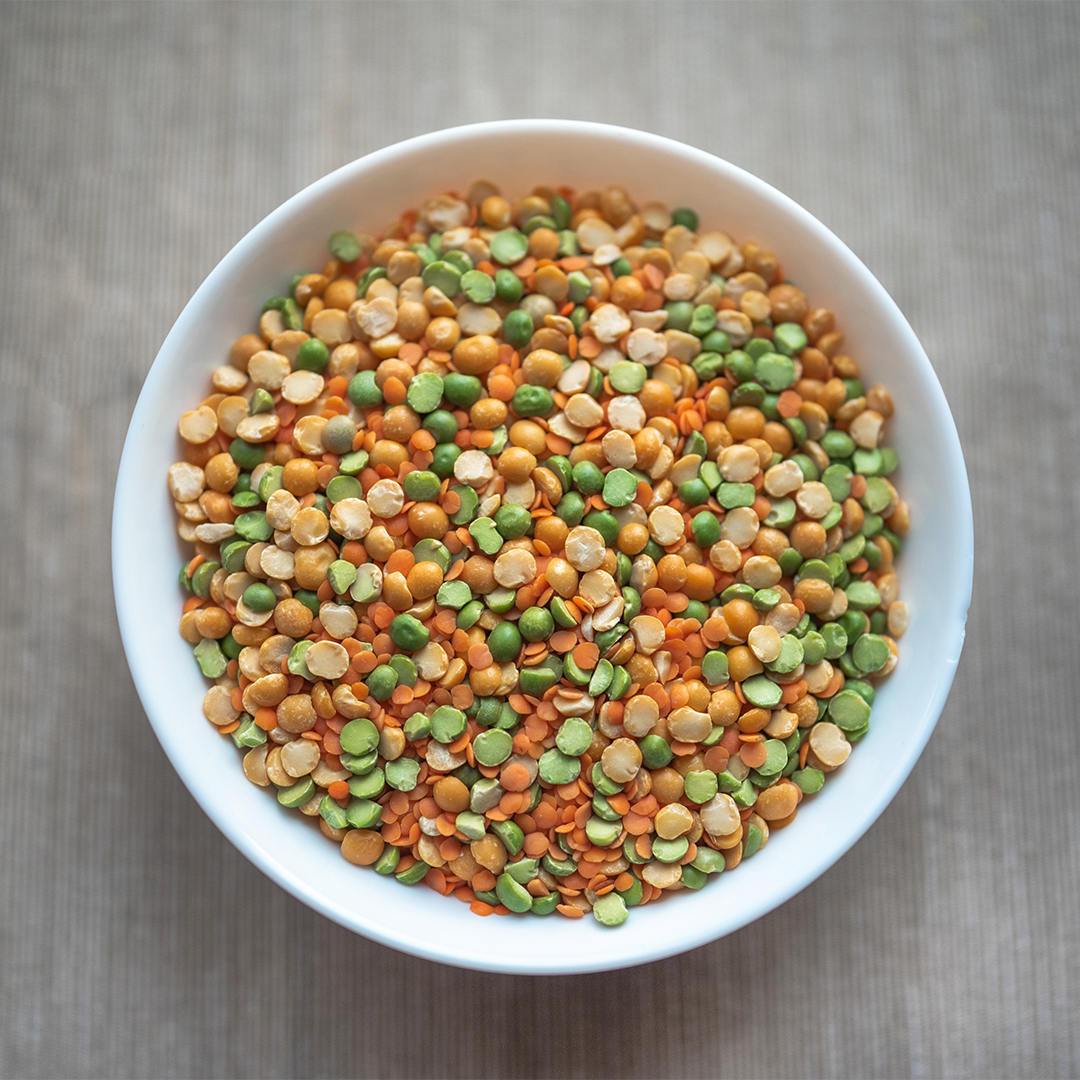Winnipeg, Manitoba, Canada
January 27, 2023

Pulse acres in Western Canada appear to be trending down this year. At XiteBio Technologies Inc. we are big supporters of the pulse crops like peas, lentils, faba beans, etc. So here are four reasons why, pulses are a good long-term bet for North American growers particularly northern prairie farmers:
- Enhanced soil fertility when used in rotation.
- Using inoculants fights the high cost of synthetic fertilizers.
- Vegetable protein is gaining in popularity and becoming recognized for its positive effect on human and environmental health.
- The global pulse market is worth USD $87.6 billion and growing (6). North America, especially Western Canada is a major exporter of these crops.
Many farmers will choose to continue using pulses in rotation despite market trends. Pulses are proven to provide enhanced soil fertility when used as rotational crops. While pulse seeds contain most of the nitrogen (N) that is fixed from the atmosphere, and this N is removed at harvest, there are still documented benefits to subsequent crops. “Crop N uptake on pulse stubble is often enhanced by a greater amount than what can be contributed by the pulse residue itself,” says Jeff Schoenau, P. Ag. (2). In addition, pulse rotations can contribute to phosphorus (P) solubilization and increased P uptake by subsequent crops (3).
Pulse crops can fix between 70-80 per cent of the N needed from the atmosphere through biological N-fixation from their root nodules (3). Particularly now-a-days, farmers need to weigh the high cost of synthetic fertilizers and other inputs vs the market price of the crops they choose to grow to receive a true ROI. At XiteBio® we made the decision to keep the price of XiteBio® PulseRhizo® inoculant steady to fight inflation. This allows farmers to have a fixed input cost year-over-year.
Despite the fertility benefits of pulses, we could potentially see reduced acres this year in North America. Last week our sales team attended the Western Canadian Crop Production Show in Saskatoon, SK. Our sales agronomist in Saskatchewan, Mike Sefton, predicted, in his post show report, lower pulse numbers as farmers pivot towards wheat and canola. GlobalPulses.com is predicting a tight pulse market based on the high price of wheat and canola as well. This is based, in part, on the predictions of Agriculture & Agrifood Canada. But it’s not all bad, while dry pea acres seem to be trending down lentils are predicted to remain steady (1).
But peas may see a long-term upside as the use of pea protein grows as a supplement. Did you know that Chris Hemsworth (Yes, The Avengers Thor) uses vegetable protein instead of whey protein to obtain his physique? In Men’s Health his personal chef revealed that pea protein is a better option for Hemsworth (4). While Pea protein has long been a staple in livestock and pet feed the health benefits of vegetable protein for humans are starting to be recognized. Pulse growers can feel good knowing that they are producing a crop that contributes a low carbon footprint while promoting human health (5).
Pulses remain an important export crop for North American farmers. In her editorial of the January 2023 edition of Top Crop Manager the editor points out that Pulses are currently a USD $87.6 billion market globally but are expected to grow to USD $114.7 billion by 2027. Food in Canada predicts that population growth in Asia, the Middle East and Africa will provide target markets for exports of Canadian pulse crops. To that end they say that “Pulse Canada plans to develop new markets for 25 per cent of Canadian pulse production by 2025, which includes some 1.1 million tonnes of peas and 625,000 tonnes of lentils” (7).
In conclusion don’t underestimate the value of pulses. It goes beyond yearly market trends. We at XiteBio® believe that pulses are a good long-term growth market for growers and retailers alike.